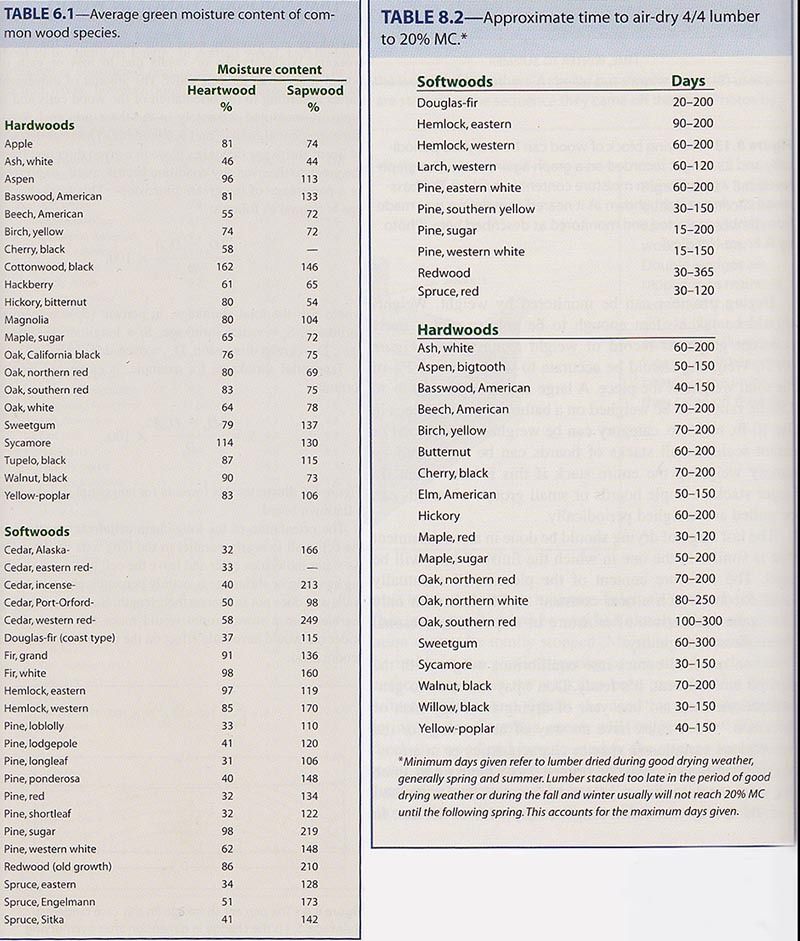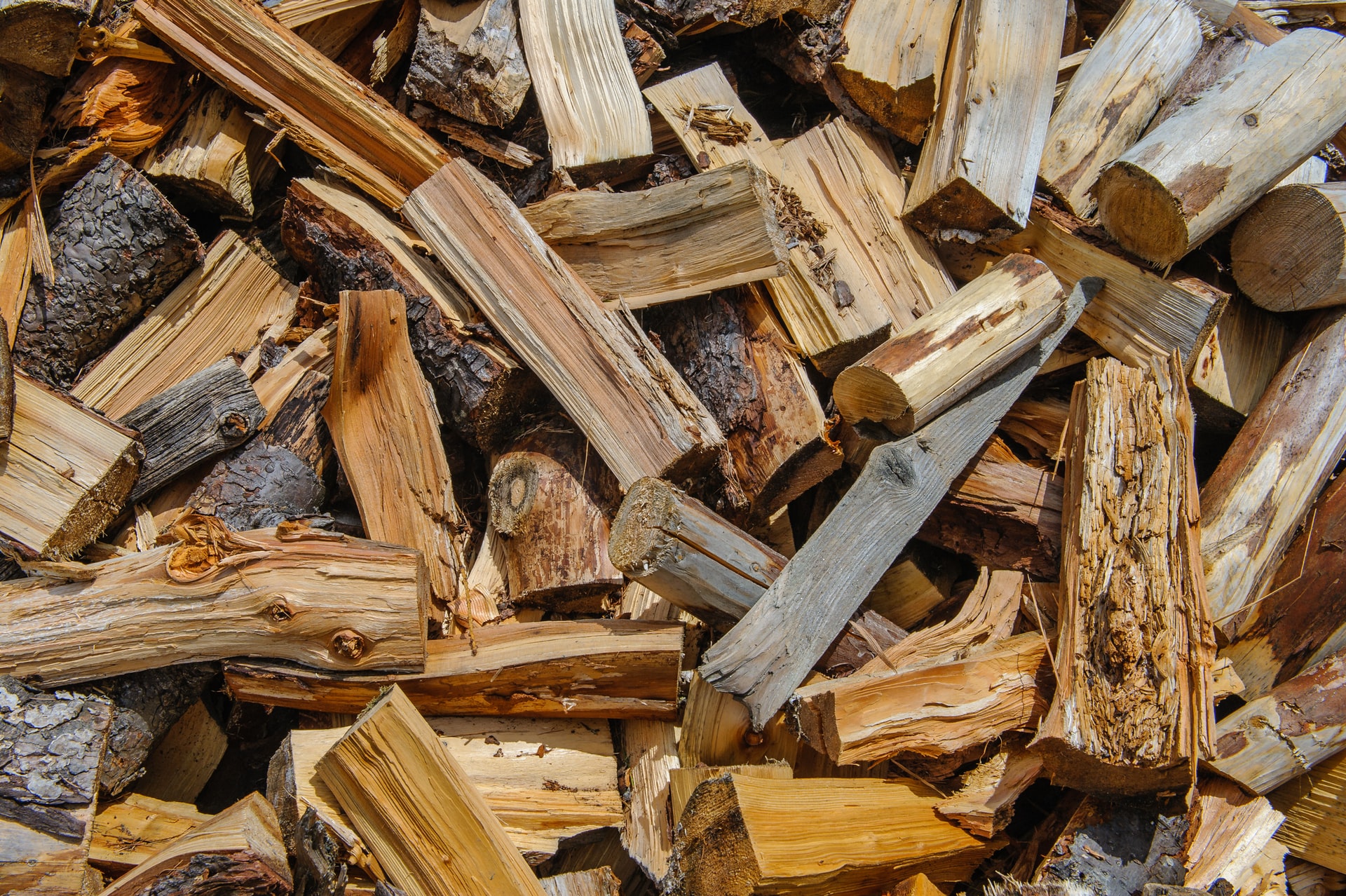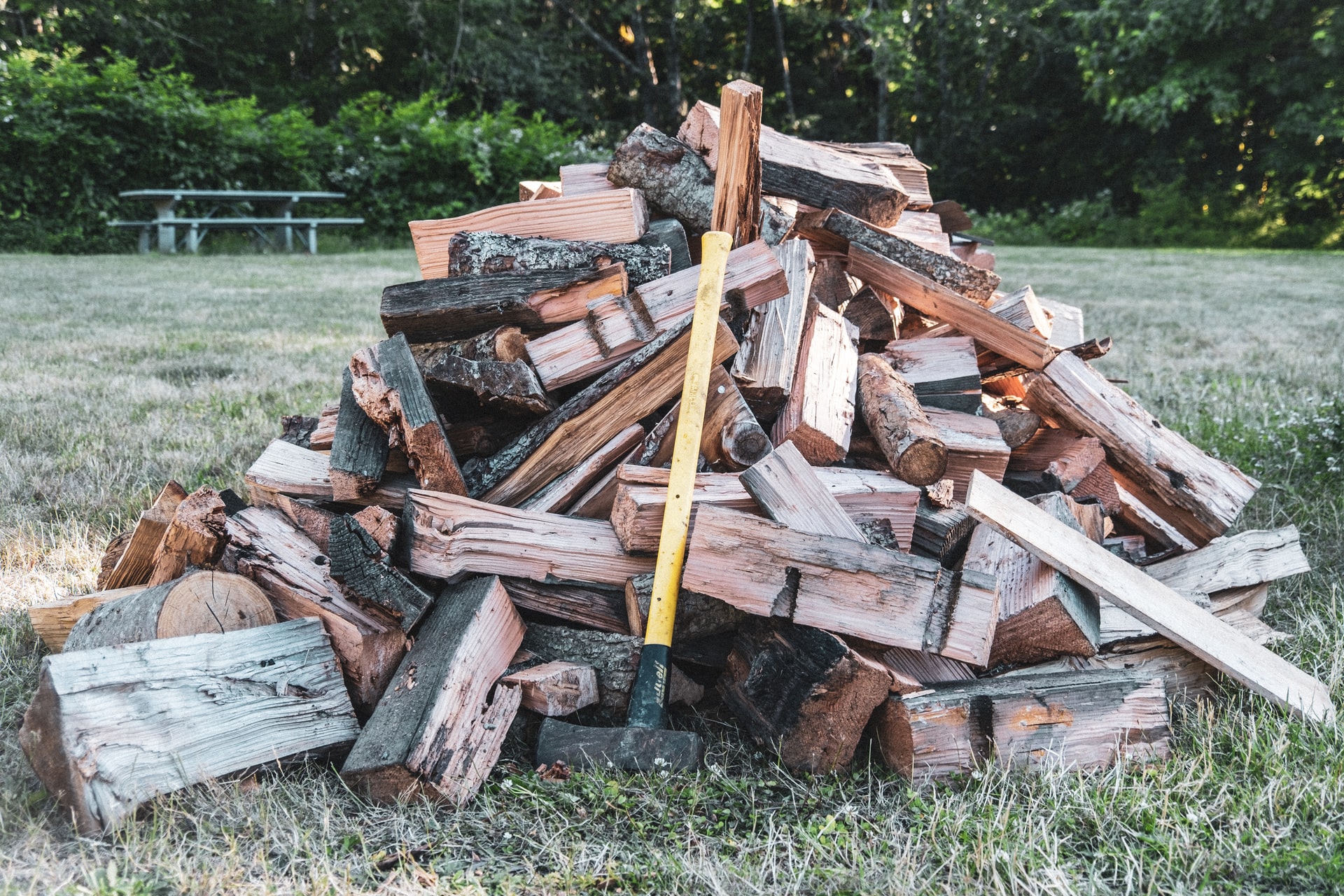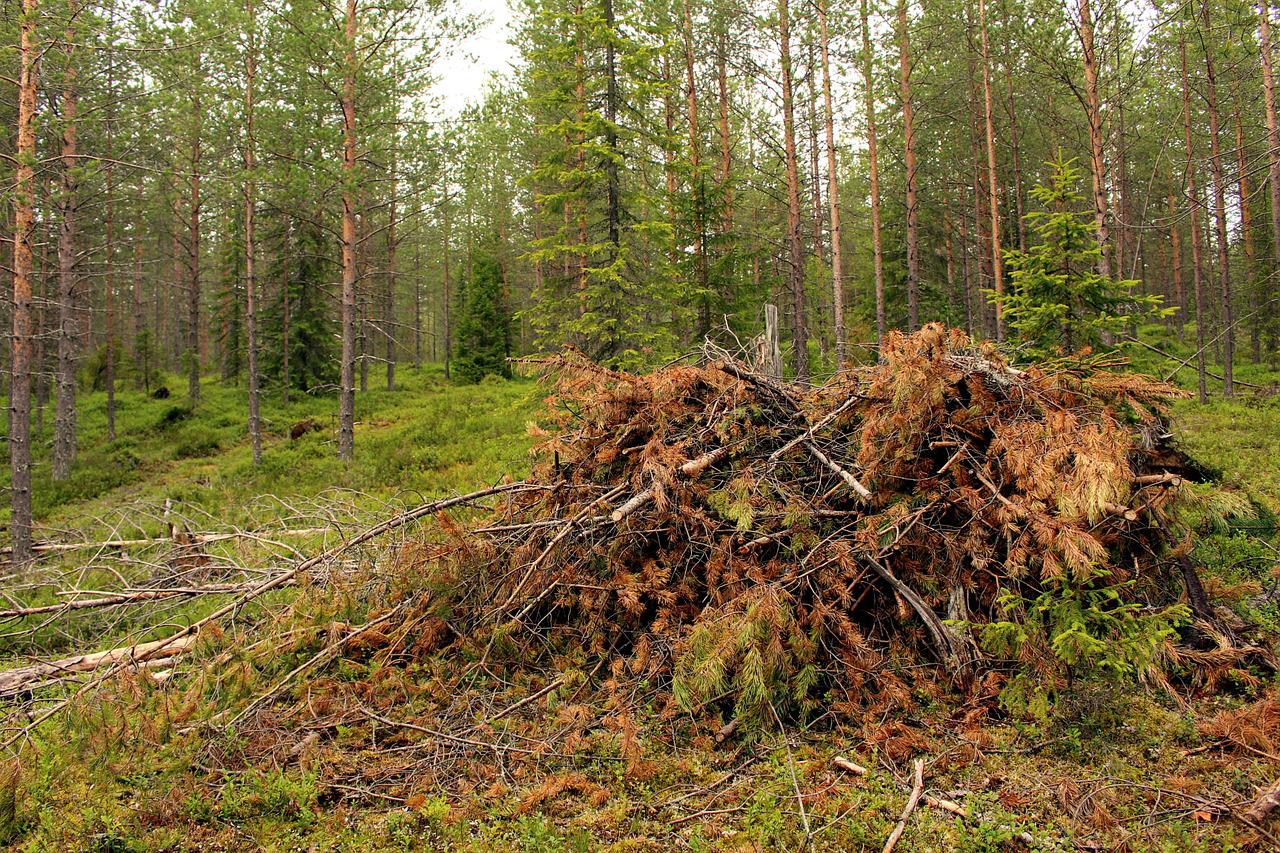- Best STIHL Brush Cutter Replacement Blade - December 8, 2023
- Box Elder Wood Uses - September 30, 2022
- Hackberry Wood Uses - September 25, 2022
A winter’s night next to a cozy fire, content in the glow and warmth of well-seasoned logs sounds like heaven to me. Here we will compare the different woods that will bring warmth and comfort to your winter nights.
Bottom line upfront
I do the firewood story the traditional way. Before the wood warms the fireplace, harvesting, splitting, stacking, and seasoning are essential processes.
Some firewood types are difficult to split, some burn too quickly, and some take a long time to season, but all things considered, Oak comes through as the wood of choice for me. It’s tough and hard, burns nice and slow, and while it takes a while to season, it is worth the wait. If I’m totally honest, it is the most common tree around where I live.
But Oak is not the only wood used in your fireplace or stove. Several other kinds of timber give their best in the heating stakes so let’s run through the list so you can pick the best types of Firewood for your requirements.
Selection Criteria
It’s a bracing fresh early Spring morning, the time to harvest timber for the winter. The trees have not begun to bud, and the moisture content will be at its lowest. The summer sun and wind will do the seasoning. So how do we select the right tree for our Firewood?
Access: The tree needs to be easily accessible. Trees that fall because of wind or age are great for Firewood, but you have no control over access. So, take care when choosing a tree for felling and have a plan for the following seasons.
Sustainability: Leave the tall dominating trees that have good shape. For Firewood, you want to clear the ‘not so good specimens.’ The trees that have seen better days or are too close to one another are your target here. Harvesting Firewood should improve the general condition of the surrounding trees.
Selecting the Species: This depends on your location and the trees available. If you are lucky enough to choose specimens or can travel locally to select your favorite tree, the guide below will help you make the best choice.
The Qualities that Make an Excellent Firewood
The heat the wood produces seems to be the logical defining characteristic for making your choice, but unfortunately, it’s not that simple. We have to add other factors to our selection list: ease of splitting, seasoning time, clean-burning, sparks produced, and burning rate; all influence the performance of your fire.
Have a look at the chart:(Firewood Chart). This is an excellent example of how various Firewoods are rated together with their respective BTU factors. We will go into more detail about BTU s a little later, but for now, it is essential to understand how the ratings of different Firewood species are developed.
Hardwoods are denser than softwoods, so they generally burn slower and produce a hotter fire. Generally, Softwoods are easier to split than Hardwoods, but the latter will burn for longer and at a higher temperature.
I will concentrate on the hardwoods for now, but we will go through the softwoods later.
Ease of Splitting: This only applies if you are going to do the splitting yourself. Elm, Sweetgum, and Sycamore would score low in this category because they are difficult to split with a maul. Although Hickory produces the hottest fire, it also falls into the difficult to split class.
In the ‘Ease of splitting’ category, the top places go to Black or White Ash, Beech, Birch, Pecan, and Dogwood. Somewhere around the middle of this list is Oak. Traditionally Oak has been categorized as a mediumly difficult wood to split.
The ease of splitting influences the attractiveness of the particular Firewood if you are splitting by hand. A mechanical splitter evens things up, and if you intend to split a fair bit of Firewood, I would strongly suggest getting your hands on one. They save so much time and take the stress out of splitting Firewood.
Length of Seasoning: There are so many factors that influence the seasoning time of Firewood. While there is some variance in the seasoning time of hardwoods under similar conditions, it is not substantial.
Despite all your best endeavors, your hardwood Firewood will take up to two years to season properly.
The harvesting time (early spring), splitting, and stacking must be completed correctly to minimize the time and reduce the moisture below twenty percent. White Oak typically has a moisture content of around sixty-four percent in the heartwood and seventy-eight percent in the sapwood when felled. Have a look at the following table to see how other woods compare.
| Moisture Content | Heartwood | Sapwood |
|---|---|---|
| Ash | 46% | 44% |
| Beech | 55% | 72% |
| Hickory | 51% | 49% |
There is also a considerable range of drying times depending on local conditions. For example, White Oak can take anything from eighty to two hundred and fifty days to season.
The Firewood you are going to use must be properly seasoned. It took me many years to stop fooling myself regarding the seasoning time. It will always be longer than you anticipate, so experience will guide you to add on an additional ten to twenty percent to your seasoning time.
Smoke production: All wood species produce smoke, but some species are good at minimizing the amount they make. While there are ways to measure the amount produced for every species, we only need to categorize the different species as low, medium, and high producers of smoke.
As we are homing on the best possible Firewoods, we should limit ourselves to those species that produce minimal amounts of smoke. Oak is one of the top performers in this category, producing very little smoke. Other woods that excel at producing little smoke are Ash and Maple. Although Maple burns a little faster than the other two timbers, it has the advantage of having a wonderful aromatic scent when burning.
Beech is another firewood with an attractive scent. It also burns hot but doesn’t quite last as long as Oak. One of the best performers in this category is the Black Locust Tree. A fast-growing species that produces minimal smoke and high-temperature fires.
The Big Question. How Much Heat?
I’m afraid we need to spend a little time measuring how much heat your Firewood produces. Oak comes in at number thirteen in this category, but the measurement is somewhat obscure. Beech, Hickory, and Black Locust are some of the common Firewoods with higher BTU values than Oak. The heat produced is measured in BTU, a rather strange unit of measure.
British Thermal Unit is derived from the amount of energy required to heat a pound of water by one degree Fahrenheit at sea level.
The amount of BTUs that a cord of Firewood produces is the standard comparative figure. For example, White Oak delivers around twenty-nine million BTUs per cord, which is close to the top performer, Osage Orange.
A cord of Firewood is another obscure measure of volume. It is a pile of Firewood eight feet long, four feet high, and four feet wide in total, one hundred and twenty-eight cubic feet.d. However, this doesn’t mean you have that volume of Firewood. The actual volume of Firewood may range between seventy to ninety cubic feet.
You may also come across a volume measure called a ‘Rick,’ which equates to one rack of the cord. Usually, there are two racks of Firewood in a cord, so a Rick is usually half a cord.
Complicating things just a little more, a ‘face cord’ is another volume measurement. A face cord is a stack of Firewood where the logs are sixteen inches long. This is the result of most fireplaces being unable to accept logs four feet in length.
So a ‘face cord’ measures eight feet by four feet by sixteen inches which is just over forty cubic feet.
The table at (https://forestry.usu.edu/forest-products/wood-heating) provides a comprehensive list of comparable Firewoods and their overall rating.
The Importance of Only Using Correctly Seasoned Firewood
Firewood of any species with a moisture content above twenty percent will produce a lot of smoke and very little heat. But, unfortunately, it will also deposit an unwelcome amount of Creosote in your chimney, which at best is unhealthy and, at worst, a severe fire risk.
While an outdoor fire can handle logs with moisture content above twenty percent, the sad news is that your stove or internal fireplace will suffer from the additional smoke produced.
Some Alternatives to White Oak
White Oak is my choice of Firewood, but you may have many species of timber in your area that make excellent Firewood.
Generally, fruit trees make superior Firewood. Apple, Cherry, and Mulberrry are good examples of excellent fruit tree Firewoods.
Birch is another good alternative to Oak, but it has more advantages when used in conjunction with hardwood. As Birch tends to burn rather quickly, adding it to our fire encourages more heat to develop.
Check out how Birch compares to Aspen wood.
Don’t Ignore the Softwoods
While the consensus points very strongly in favor of hardwoods for the fire, some softwoods make excellent Firewood. Black Spruce, Tamarack, and Jack Pine are three softwoods with BTU s higher than fifteen, putting them on a par with many hardwoods.
There can be a great benefit in combining softwoods with your Hardwood fire. Softwoods burn much easier and quicker and are great for starting the fire. Softwoods can also add a little momentum to a dying fire, so don’t disregard the humble Softwood species.
FAQ s
Question: What are ways to check if Firewood is correctly seasoned?
Answer: Without a Moisture Meter, it can be challenging to assess Firewood’s dryness accurately, but seeing deep cracks at the cut ends of the log is a good indicator of the Firewood being correctly seasoned.
Hitting two logs together also can provide some guidance. Dry wood has a good resonance about it. Conversely, wet timber sounds dull when struck together.
The weight of the log is another indicator. Dryness and weight are inversely proportional. Therefore, the lighter the log, the drier it will be. The color of the wood should be a dull grey and the wood should have almost no smell to it.
Question: Why is Firewood measured in Cords?
Answer: A cord of Firewood dates back to the sixteen hundreds when a pile of Firewood was tied up with a cord and sold as a bundle of wood.
Question: How long will a cord of Firewood last in a domestic environment?
Answer: This will depend on what the Firewood is used for. If Firewood is the sole source of heat, including cooking and general heating, the cord of Firewood will last around eight to twelve weeks.
It is essential to have enough Firewood to last the entire winter, so always be conservative in your estimates about the time a cord of Firewood will last. Also, bear in mind that as winter progresses, the price of Firewood rises.
Conclusion
Choosing the best Firewood is a combination of many factors. The most crucial factor is the availability of the species locally. Transporting Firewood over a long distance is a bad practice and could also be illegal in some States.
In addition, there is a real threat of introducing insect infestation by transporting Firewood from one region to another. So rule number one is source local Firewood. Together with local sourcing goes accessibility. If you are going to source your Firewood, getting transport close to the felled trees will make your life a lot easier.
Splitting is the next factor, but a mechanical splitter evens the playing field here, and I recommend using one. It is a lot cheaper than medical bills.
The seasoning time for particular species depends on many weather variables and how the Firewood is stacked.
After all of the above have been considered, the final determining factor is the ability of the Firewood to produce heat comfortably. So the Firewood should have good heat, low smoke, and low ash properties. It is this category that gives White Oak the advantage. White Oak provides the highest BTU rating per cord.
In my particular case, the availability and character of White Oak make it my Firewood first choice. Even the fragrance is rated as ‘Good.’ Best of all, it is also sustainable.
Related Firewood Guides:






